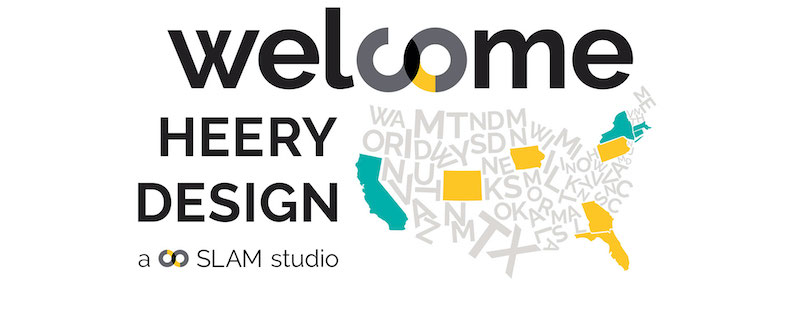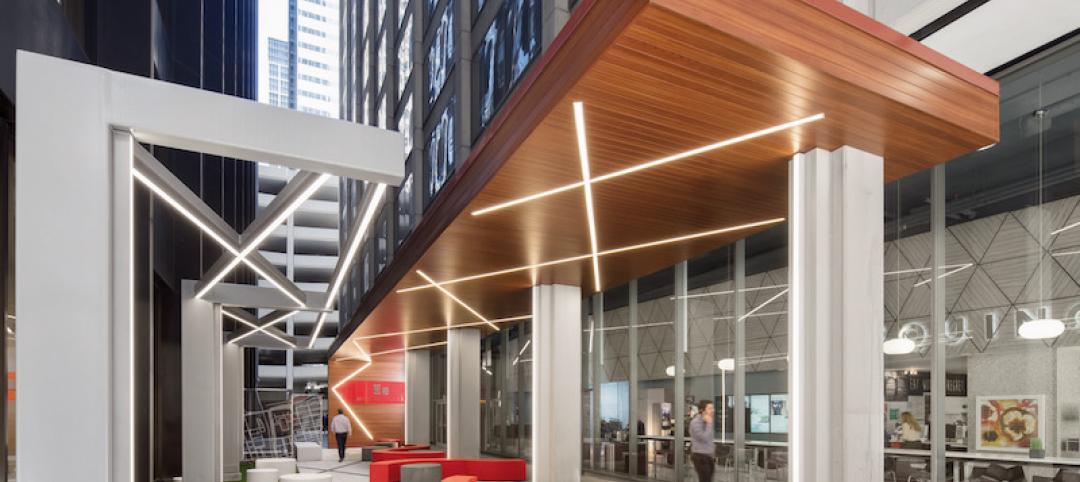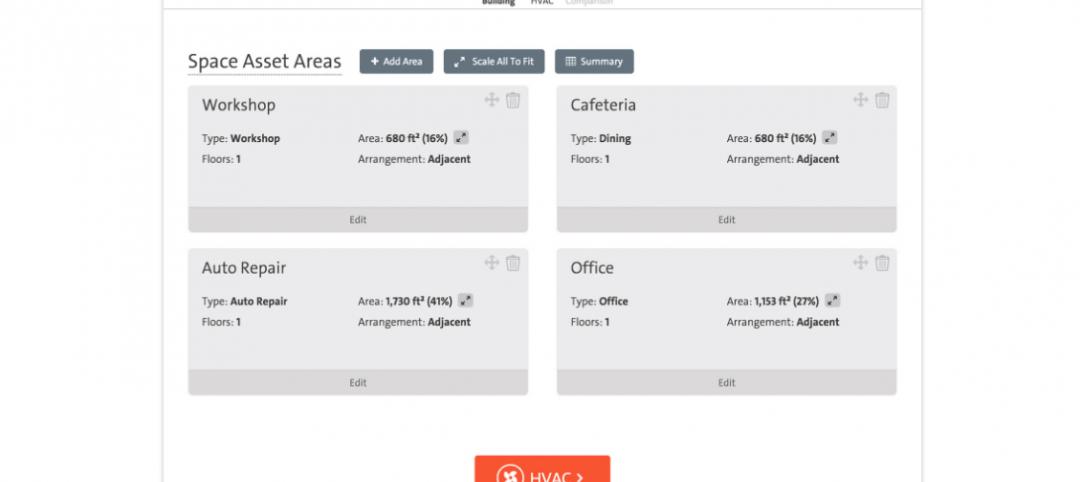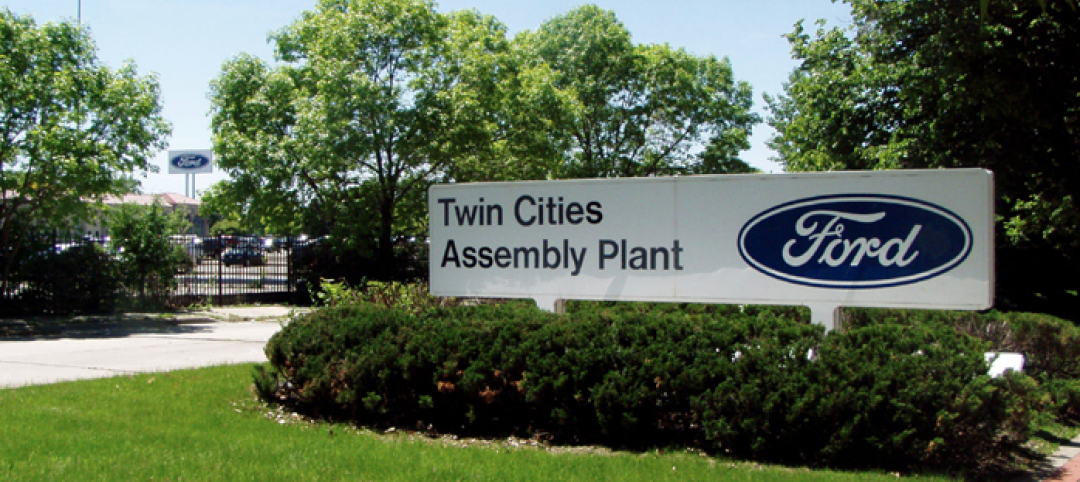S/L/A/M Collaborative, the national architectural firm based in Glastonbury, Conn., on March 6 completed its acquisition of five Heery architectural design practices from CBRE. The terms of the purchase were not disclosed.
The practices—focused on healthcare, sports facilities, and justice—are now known as Heery Design, a SLAM Studio. CBRE had owned Heery International, a project management and design engineering firm based in Atlanta, since October 2017 when it acquired the business for $57 million from Balfour Beatty. After the deal with S/L/A/M, CBRE retains full ownership of Heery’s interior design and engineering businesses that are integral to its project management services.
About 70 of Heery’s employees are coming over in this deal, joining 210 S/L/A/M professionals. Heery’s healthcare practice is located in Denver, Iowa City, Iowa, and Philadelphia. Its justice practice is in Orlando, Fla. And its sports design practice is in Atlanta. Heery Design offices associated with these practices are also part of this acquisition, along with the firm’s architectural book of business.
“The professionals joining S/L/A/M in this transaction are returning to a traditional design firm that values creativity, and is passionate about design,” said Richard T. Connell, FAIA, S/L/A/M’s chairman, in a prepared statement. Those professionals include Heery Design’s managing directors Russ Sedmak, Mike Holleman, and Douglas Kleppin, AIA, LEED AP.
S/L/A/M’s design portfolio includes healthcare, education, corporate and sports facilities. The firm provides integrated landscape architecture, structural engineering, interior design and construction services, with offices in Connecticut, New York, Atlanta, Boston, and Los Angeles.
A source knowledgeable about this deal, who spoke on background, said that a third party representing CBRE had approached a handful of firms, including S/L/A/M, at the beginning of 2018 about their interest in acquiring parts of Heery. This source said that CBRE was primarily interested in finding a buyer willing to acquire all five of the practices it wanted to shed.
This source adds that what CBRE is holding onto from its Heery purchase is a “much larger” piece than what it is selling to S/L/A/M.
Related Stories
Giants 400 | Sep 6, 2018
What's happening at 89 design firms
The latest developments at 89 of the nation's largest architecture and architecture/engineering (AE) firms.
Architects | Sep 6, 2018
Little details, big questions: Occupancy planning 101 for healthcare facilities
Transitioning into a new hospital is no easy feat and daily tasks can have a huge impact.
Architects | Aug 14, 2018
AIA takes a firmer stand on making schools safer with better design
The Institute urges the formation of a federal clearinghouse for best practices, and wants security-related design to be eligible for grants.
Architects | Aug 9, 2018
The convergence of product design and architecture
Great design is born out of simplicity, purity, timelessness, unobtrusiveness and intuitiveness.
Architects | Aug 1, 2018
Client experience as competitive advantage for AEC firms
Clients are looking for solutions to their business problems from collaborative advisors. They’ve come to expect a higher level of service and detail than what was provided in the past.
AEC Tech | Jul 24, 2018
Weidt Group’s Net Energy Optimizer now available as software as a service
The proprietary energy analysis tool is open for use by the public.
Building Owners | Jul 17, 2018
Are we facing a new era in Foreign Direct Investment?
The construction industry is already feeling the effects of the recent tariffs, not only with higher steel and aluminum prices, but with higher prices on Canadian lumber.
Codes and Standards | Jul 17, 2018
NIMBYism, generational divide threaten plan for net-zero village in St. Paul, Minn.
The ambitious redevelopment proposal for a former Ford automotive plant creates tension.
Office Buildings | Jul 17, 2018
Transwestern report: Office buildings near transit earn 65% higher lease rates
Analysis of 15 major metros shows the average rent in central business districts was $43.48/sf for transit-accessible buildings versus $26.01/sf for car-dependent buildings.
















